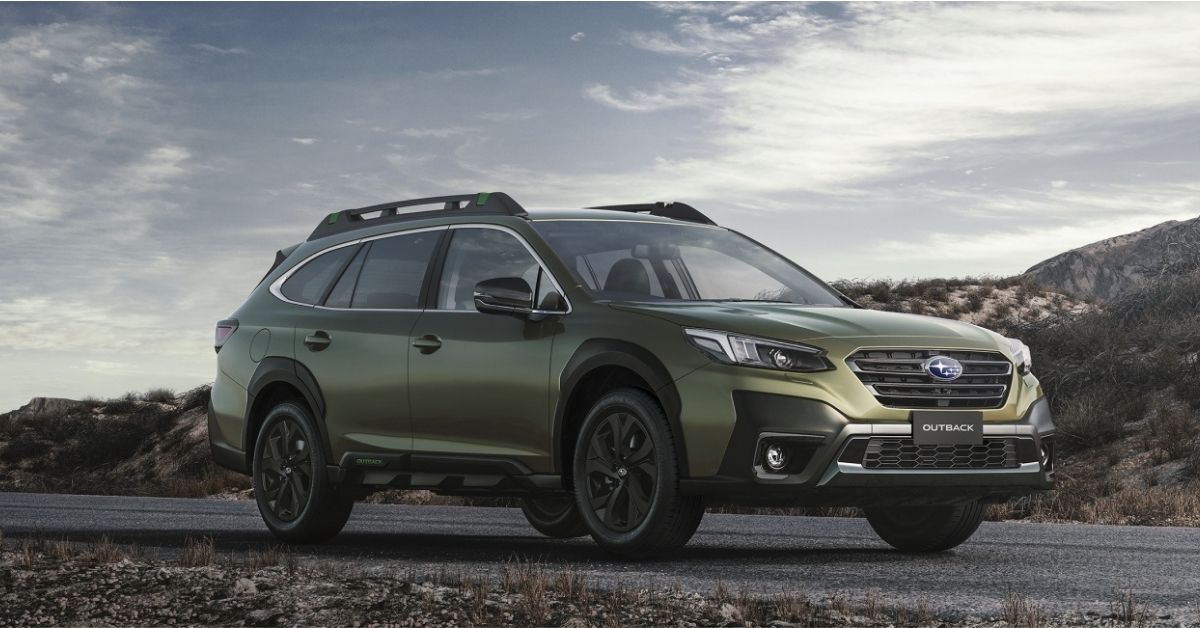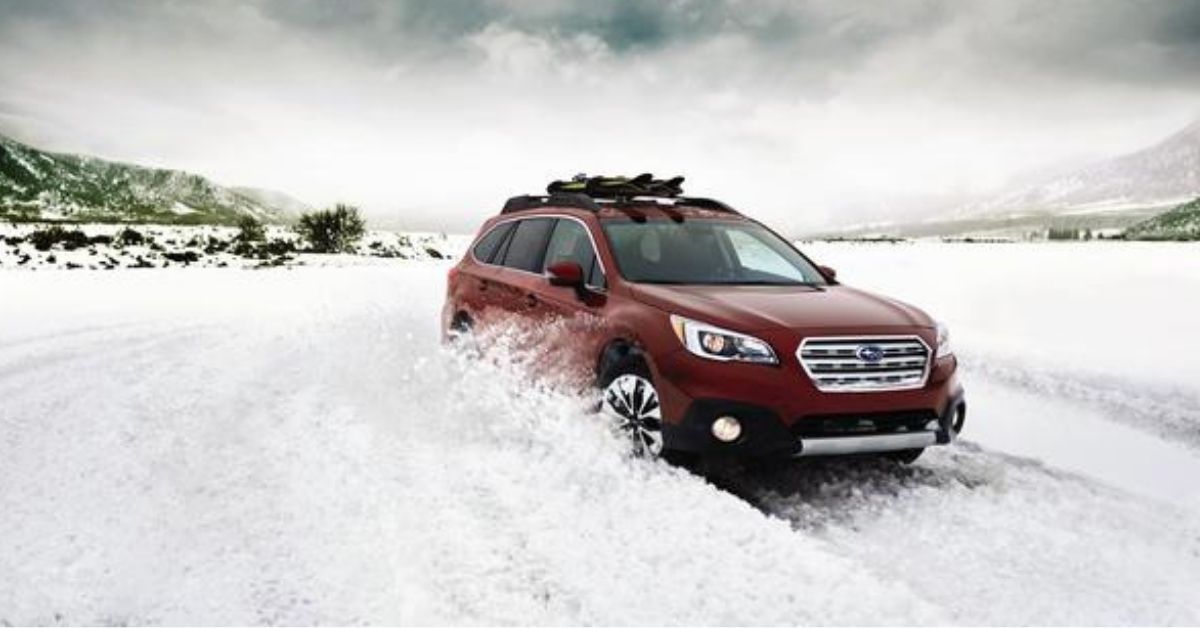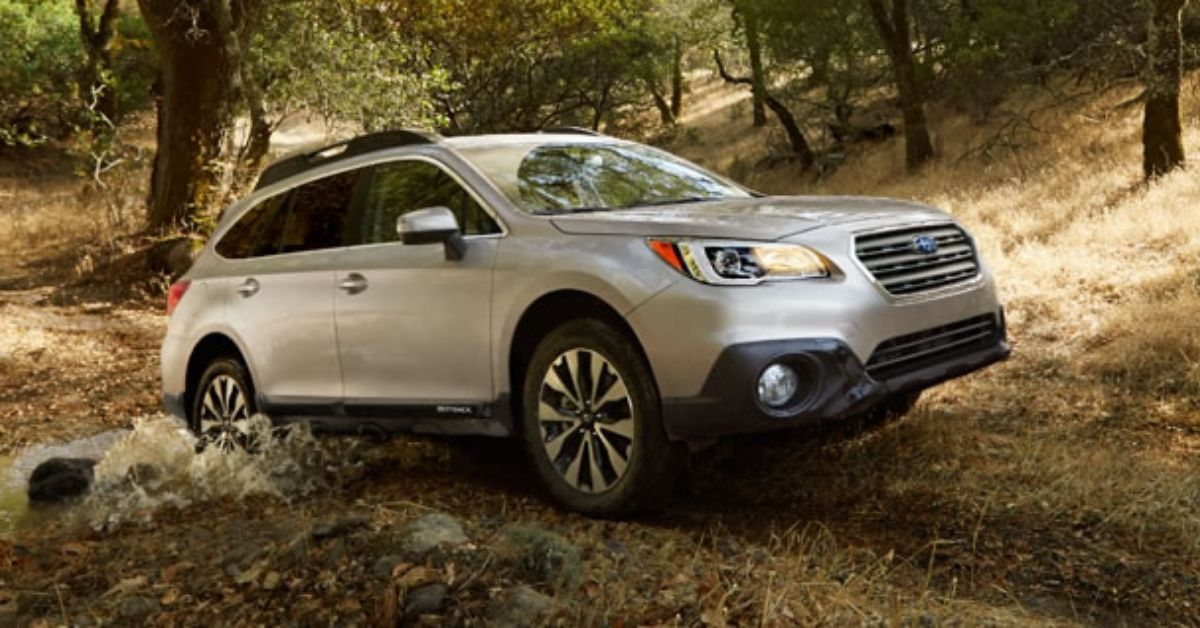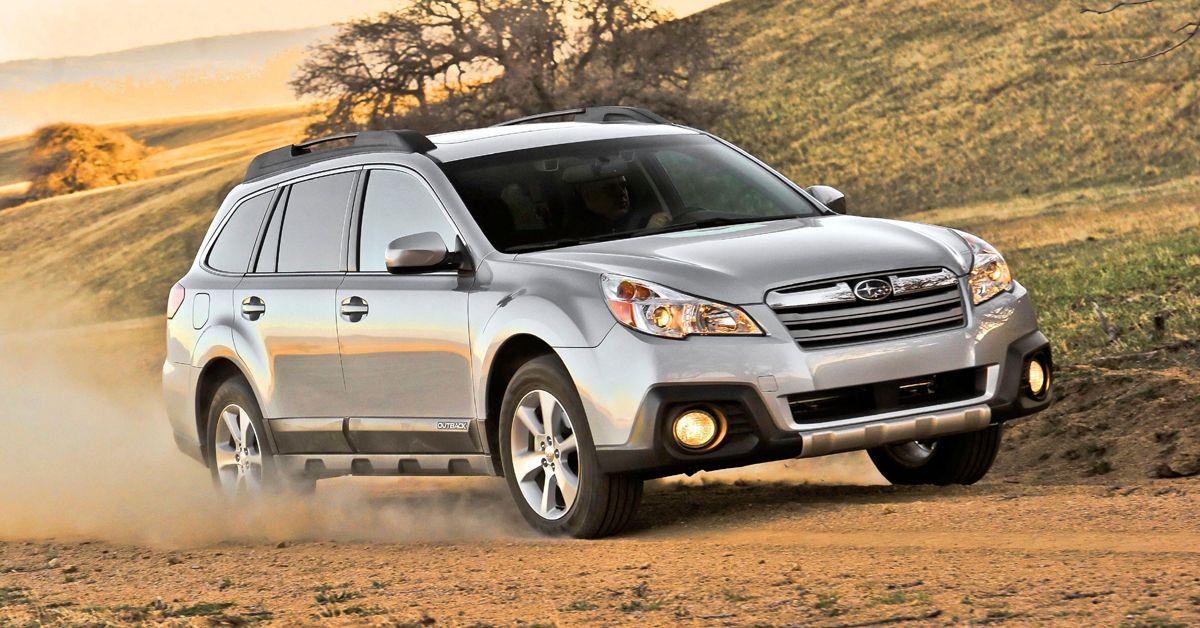Subaru has some of the safest, most dependable cars on the market, and the Subaru Outback is no exception. As one of Subaru’s best-selling models, the Outback is comfortable, functional, and perfect for everyday use and off-road adventures. The Outback is popular among owners for its reliability, safety, and standard all-wheel-drive system. With 8.7 inches of ground clearance, this car can go places an ordinary SUV wouldn’t be able to.
If you are in the market for a used car and can’t decide between a hatchback and an SUV, the Subaru Outback can be the car for you. However, there are some model years you should do your best to avoid. Without further ado, let’s take a look at the Outback’s worst years, its reliability, longevity, and everything else you need to know before buying one.
2013, 2015, And 2017 Models Are On The Problematic Side Of The Subaru Outback Spectrum
Most Subaru Outback models from 2019 onwards come with significantly fewer problems and owner complaints, making them excellent options in terms of reliability in the used car market. However, the model years between 2013 and 2018 have been plagued with many costly problems.
According to the owner reports registered to the Car Complaints website, 2013 was the Subaru Outback’s worst year due to costly problems occurring at lower mileage.
According to the National Highway Traffic Safety Administration (NHTSA)’s website, the 2013 Subaru Outback had 12 recalls, primarily for having faulty airbags. However, complaints have predominantly been about excessive oil consumption.
The most expensive issue plaguing the 2013 model is transmission failure, which occurs at about 113,000 miles and typically costs $6,500 to repair. At least 10 owners have reported having to replace the transmission entirely.
With over 150 reports, the 2015 Subaru Outback takes first place for the highest number of overall complaints on the Car Complaints website. This model has no luck on the NHTSA website either, with over 100 complaints, mostly about electrical problems such as the battery dying and failing to crack the engine.
Windshields cracking unexpectedly in the 2015 model has been a cause for concern and frustration for owners of this car. “This is my 3rd replaced windshield in 4 and a half years. The windshields had a recall until Dec 2019, but only if they cracked in a certain spot on the windshield. This one in 2018 was replaced because of the recall,” quoted one owner in March 2018.
The 2017 Subaru Outback also has issues regarding battery life, with over 300 complaints on the NHTSA website. Problems appear at 34,000 miles on average, but owners have mentioned that the problem reoccurred despite receiving the remedy.
If Maintained Properly, The Subaru Outback Can Reach 300,000 Miles
According to reputable sources, the Subaru Outback can last between 250,000 to 300,000 miles on average when adequately maintained. The average American driver puts out 13,500 miles per year, that translates into 18 to over 22 years of reliable service.
A Subaru Outback with over 120,000 miles on the odometer could be considered a risky investment, but that might not always be the case. You should make sure to check that the previous owners have appropriately maintained the car. On the other hand, some owners commenting on popular Subaru Outback forums boast well over 300,000 miles on the odometer with the original engine and transmission.
Following the manufacturer’s suggested maintenance schedule is critical if you want to join the quarter-million-mile club.
Some critical services include:
- Every 12,000 miles: replace the engine oil and filter, inspect the axle boots and joints plus the suspension, and rotate the tires.
- Every 30,000 miles: change the air cleaner element and the brake fluid, inspect the cooling system and fuel line, and the differential gear oil.
- Every 120,000 miles: replace the spark plugs and inspect the wheel bearing.
According to Repair Pal, the average annual cost of ownership for a Subaru Outback sits at $607, which is higher than the average of $573 for midsize SUVs.
A Used Subaru Outback Can Be The Car For You, So Long As You Avoid The Problematic Model Years
The Subaru Outback’s comfortable interior and strong build, alongside its dependability, safety, durability, and likable ruggedness, make it an excellent car for day-to-day commuting and off-road adventures. If you are in the market for a used Subaru Outback, avoiding 2013, 2015, and 2017 models would be the wiser thing to do.
The Subaru Outback can easily reach 250,000 miles without needing any significant repairs, which adds up to over 18 years of use. Ensure the previous owners have stuck to the recommended maintenance schedule before buying a used Subaru Outback.




